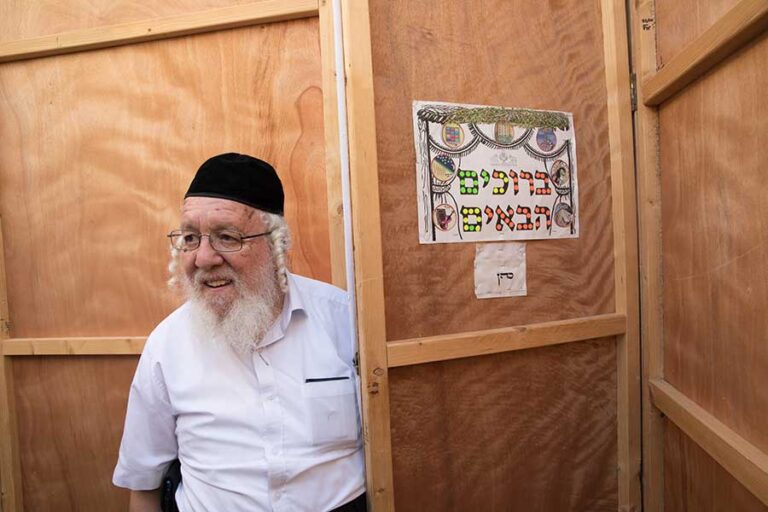Regenerate Ve’yasef we might conjecture as being an allusion to Joseph, following both Moses and Aaron. Rabbi Sperling cites the Kocho d’Rashbi where the source for the above order is the Zohar. However, he notes that the opposite order of the Ashkenazim, (here he actually means the non-chassidim) – with Joseph before Moses and Aaron – is also mentioned one time in the Zohar.
He cites his teacher HaRav Avraham Simcha Horowitz, the Barniv Rav, as well, who offers that both nusachot are alluded to in Parashat Vayechi (Genesis 48:3), “Vayomer Yaakov el Yosef ‘Kel Sha-dai nir’ah elai…” – And Jacob said to Joseph, ‘Kel Sha-kai [G-d] had appeared to me…’” The words Kel Sha-kai equal 345 in gematria, the equivalent of “Moshe,” and the word ni’rah that follows equals 256 – and is comprised of the same letters in Hebrew as “Aharon,” but in a different order.
Thus, we see that after Jacob comes Joseph, then Moses, and then Aaron. The chassidim, however, would explain that the word “elai” – to me – which follows “nirah” alludes to Jacob’s wish that Moses and Aaron should follow him, and then Joseph.
May we all experience an uplifting Sukkot as we invite these exalted guests to enhance our joy of the Festival.

